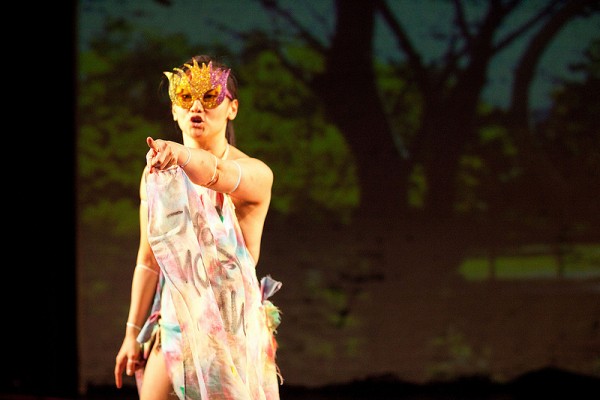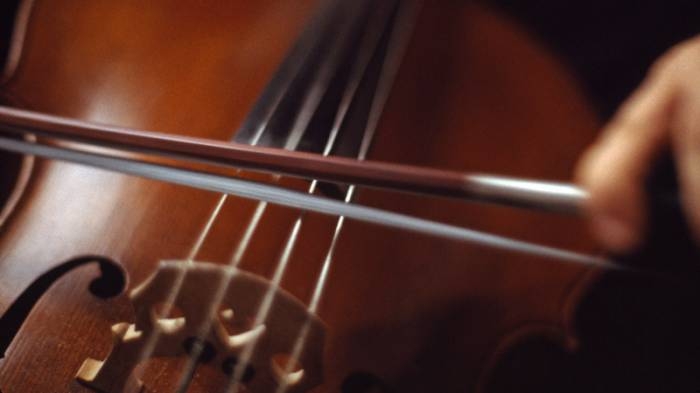HERE
145 Sixth Ave. at Dominick St.
January 28 – February 9, $15
212-647-0202
www.here.org
The January performance festival season might be winding down, but HERE’s annual CULTUREMART is just getting under way. From January 28 to February 9, the downtown arts organization will present thirteen multidisciplinary workshop productions from current and former participants in the HERE Artist Residency Program (HARP), with all tickets only $15. The festival kicks off January 28-29 with Bora Yoon’s Sunken Cathedral, a multimedia journey through several rooms, exploring the cycle of life, death, and rebirth. Matt Marks and Paul Peers’s Mata Hari, an opera-theater piece about the WWI spy’s last month, is paired with mezzo-soprano Hai-Ting Chinn’s Science Fair, which is told through songs, slides, and live experiments. In Restless Next, choreographer Rebecca Davis examines the body’s ability to change. Joseph Silovsky uses video, oratory, robotics, and puppetry to relate the story of Sacco and Vanzetti in Send for the Million Men. Stefan Weisman and David Cote’s multimedia opera of James Hurst’s The Scarlet Ibis will be stripped down to a concert version consisting of the piano and vocal score; at two hours and fifteen minutes, it’s the longest show of the festival. (Most run between twenty and sixty minutes.)

Soomi Kim’s CHANG(E) examines the performance artist and political activist Kathy Change’s bizarre end (photo by Hunter Canning)
Soomi Kim and Mei-Yin Ng’s Chang(e), a dance-theater work about controversial performance artist Kathy Change, shares a bill with Ng’s Lost Property Unit, which deals with surveillance and robotics. Dancer-choreographer Laura Peterson is back with The Futurist, a collaboration with the very busy composer Joe Diebes that uses sound and movement to investigate what lies ahead. In Genet Porno, Yvan Greenberg and Laboratory Theater update Jean Genet’s Our Lady of the Flowers into a contemporary tale about porn and a gay prostitute. Leyna Marika Papach’s opera/movement-theater piece Glass Mouth (Part 2) delves into the nature of personal identity, with visuals by Jerry Smith Jr. CULTUREMART concludes with LEIMAY’s Frantic Beauty, in which dancer choreographer Ximena Garcia and video installation artist Shige Moriya look at dreams and desires, and Michael Bodel’s there are caves and attics, which uses Michel Foucault’s Corps Utopique to probe the concept of place. As usual, CULTUREMART provides a potpourri of intimate, experimental works from creators who are willing to take chances while both entertaining and challenging audiences.
